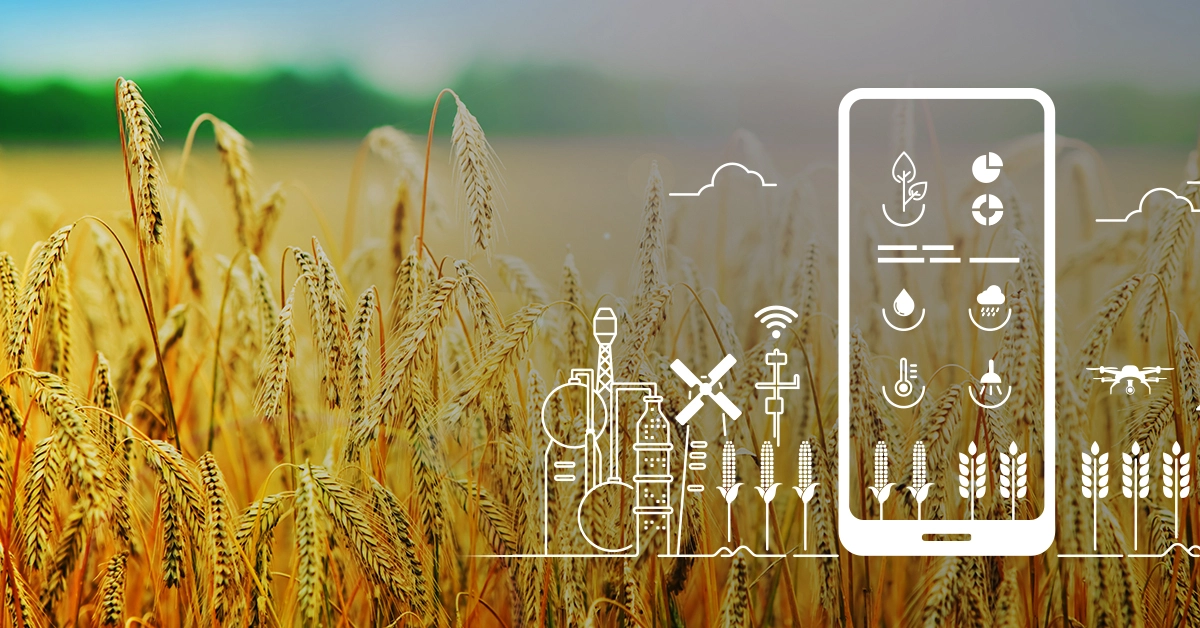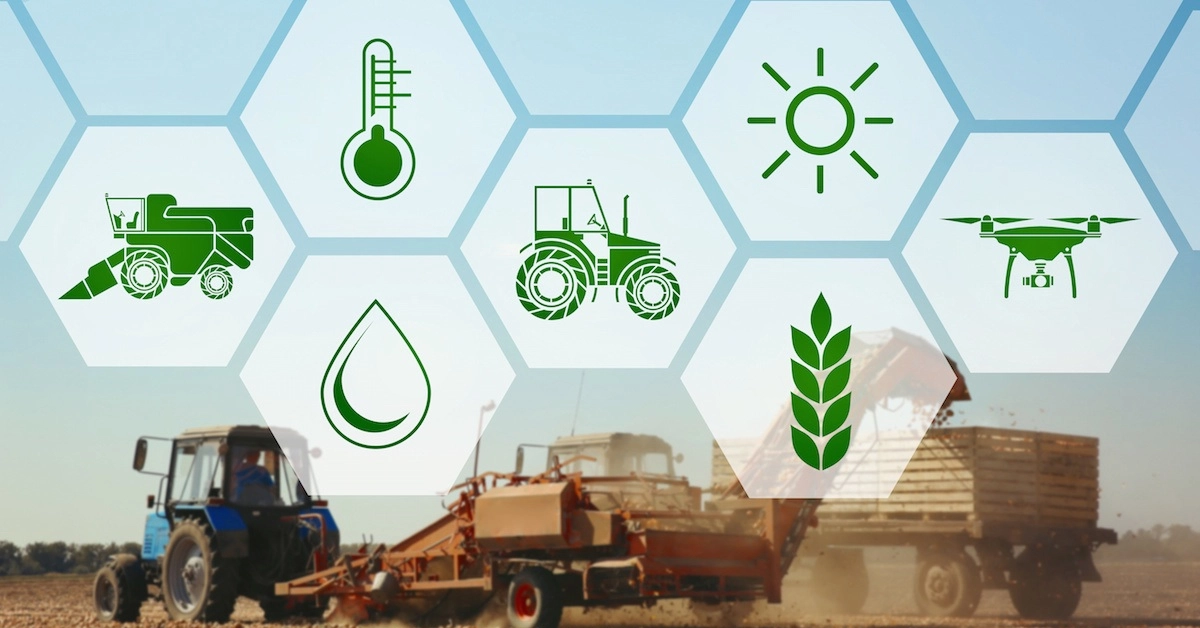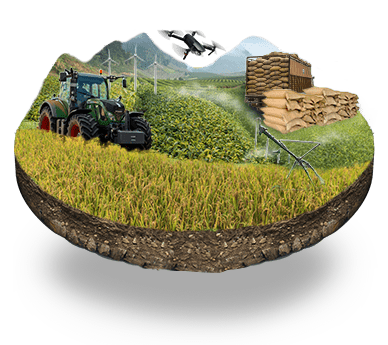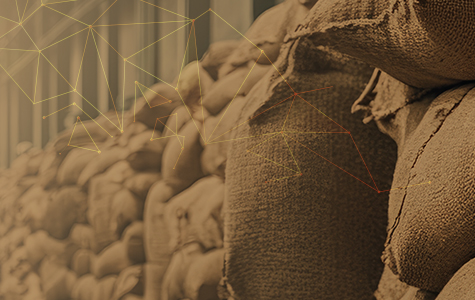Agriculture in India is a massive activity. The total cropped area in India is 198 million hectares which substantially exceeds China’s 166 million hectares. But China’s agricultural output is valued at $ 1,367 billion, bettering India’s $407 billion.
Such an anomaly exists because China has made massive investments in Agriculture knowledge information systems, which helps drive productivity and planning demand & distribution.
By contrast, in India, the focus is mainly on rice-wheat monoculture and raising cereal crops. This situation has led to a surplus of cereal crops climbing to 81 million metric tonnes (MMT) against a requirement of 41 MMT.
Today, we are looking at a shortage of oilseeds because of the diplomatic tussle with Malaysia and Indonesia (palm oil exporters) and the war between Ukraine and Russia (Sunflower oil exporters).
According to a report published in the Down To Earth, each Indian consumed 19.5 kg of edible oil every year on an average during 2015-16, up from 15.8 kg in 2012-13. This amounts to aggregate demand of around 26 million tonnes of edible oils per year.
Leaving aside the debate on the health effects of an increase in oil consumption and its role in the prevalence of lifestyle diseases, let us examine the demand-supply position of edible oils in India.

India cultivated oilseeds on 25 million hectares of land, producing 32 million tons of oilseeds in 2018-19, with soybean, rapeseed and mustard and groundnut accounting for almost 90 per cent share in the area.
Assuming a country-wide average of 28 per cent oil recovery, 32 million tons of oilseeds will yield around 8.4 million tons of edible oil. Domestic production can only meet a little over 30 per cent of the total demand for edible oils, necessitating its import.
In 2019, India imported around 15 million tonnes of edible oils worth approximately Rs 7,300 crore, which accounted for 40 per cent of the agricultural imports bill and three per cent of the overall import bill of the country.

This money could have easily landed in the pockets of our farmers if adequate planning could have been done. It is here that government technology intervention can help. A successful experiment has been conducted in Odisha where MSP was directed to genuine paddy farmers after verifying their cropland through satellite imagery. The satellite captured the images during the entire duration of the crops’ lifecycle and a supervised Machine Learning (ML) model was able to detect whether it was paddy or not.
A similar exercise for oilseeds can help us tide over the oil seeds crisis. Such an intervention generates reliable data about the exact acreage of a particular crop which helps in demand planning and management of input like fertilizer and pesticides. It will have a cooling effect on prices for consumers.
The beneficiary farmers are identified using cadastral maps, which leaves no room for intermediaries to come in and speculate. It also assures farmers that their crops will find buyers once they are ready and fetch them remunerative prices.
While we continue to face shortages and pay through the nose for edible oil, fruits and vegetables. Crops like wheat, paddy and sugarcane are not only in excess supply, but they are also wreaking havoc on the groundwater table. There is no point in buying surplus paddy from the farmers because of MSP linked commitments and then dumping it in the Bay of Bengal to maintain market equilibrium because WTO won’t let us export such heavily subsidized crops.





































We will verify and publish your comment soon.